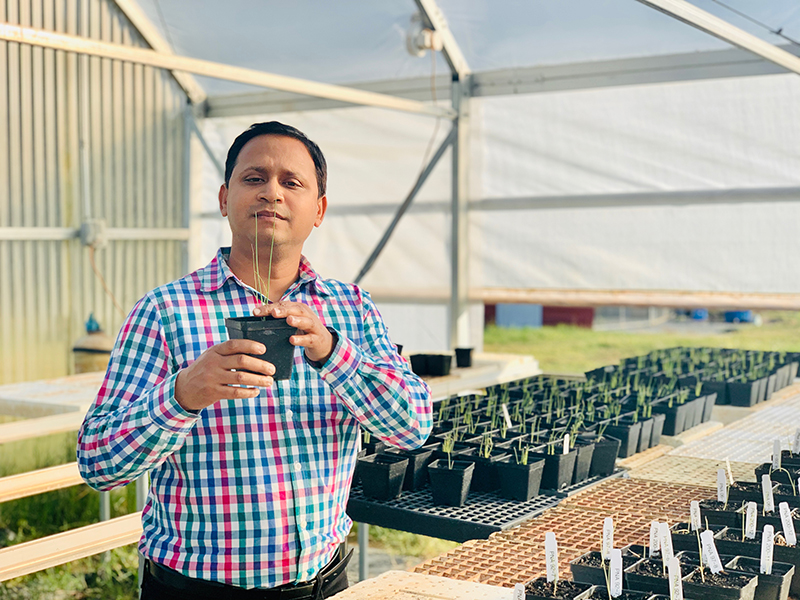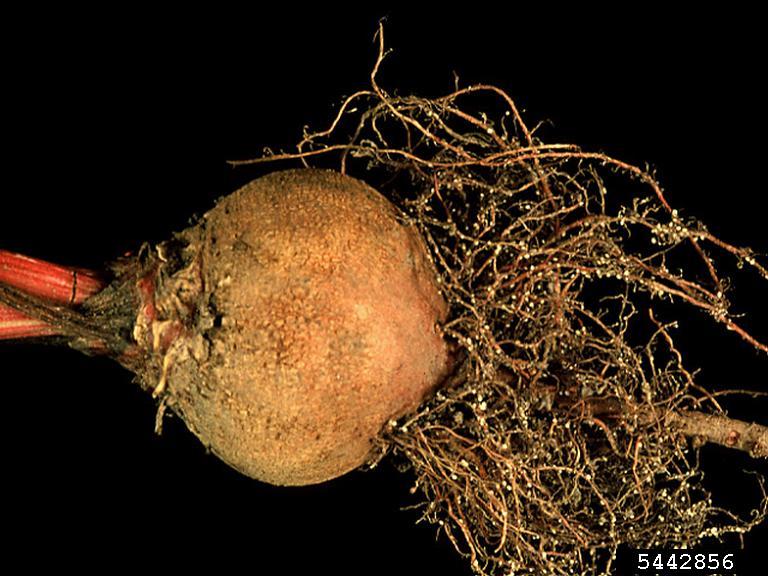 CAES News
CAES News
UGA tops $600M in R&D expenditures for first time in history
For the first time in its history, the University of Georgia topped $600 million in research and development expenditures in fiscal year 2024. Its $628.1 million in expenditures represents a 10% increase year over year and yet another record high in R&D activity, marking the sixth consecutive year of growth for the university. “The University of Georgia is embracing its role as one of America’s top public research universities, and I am grateful to everyone who is helping us advance this vital mission,” said President Jere W. Morehead.





